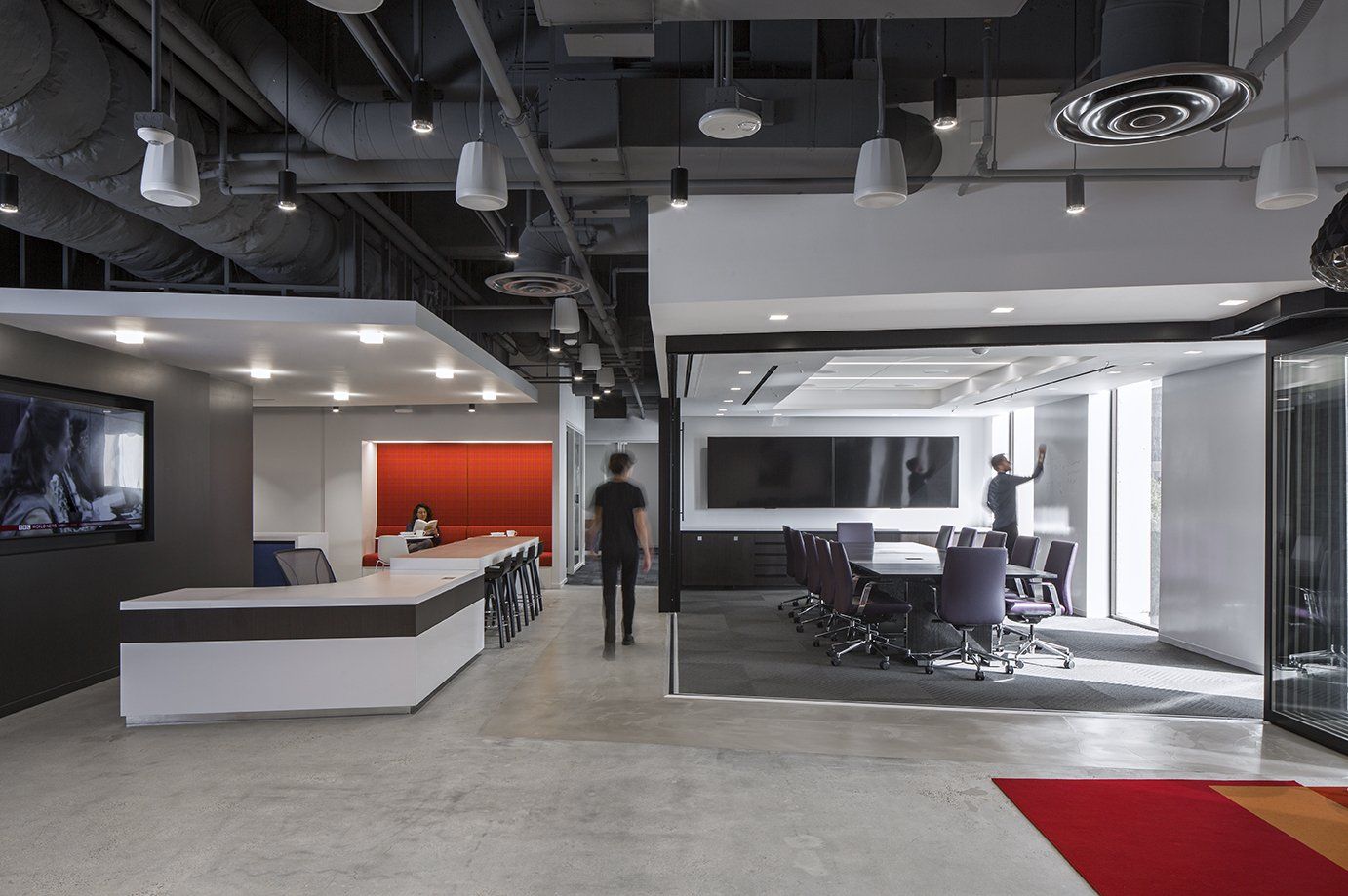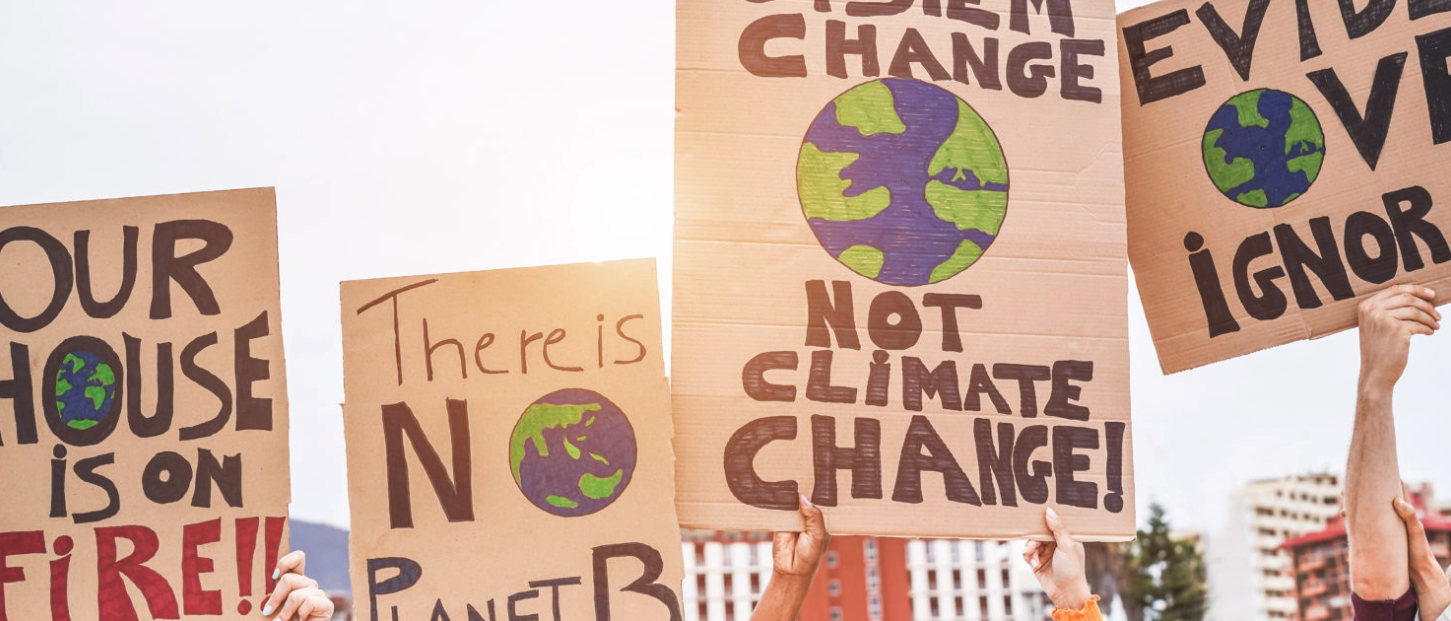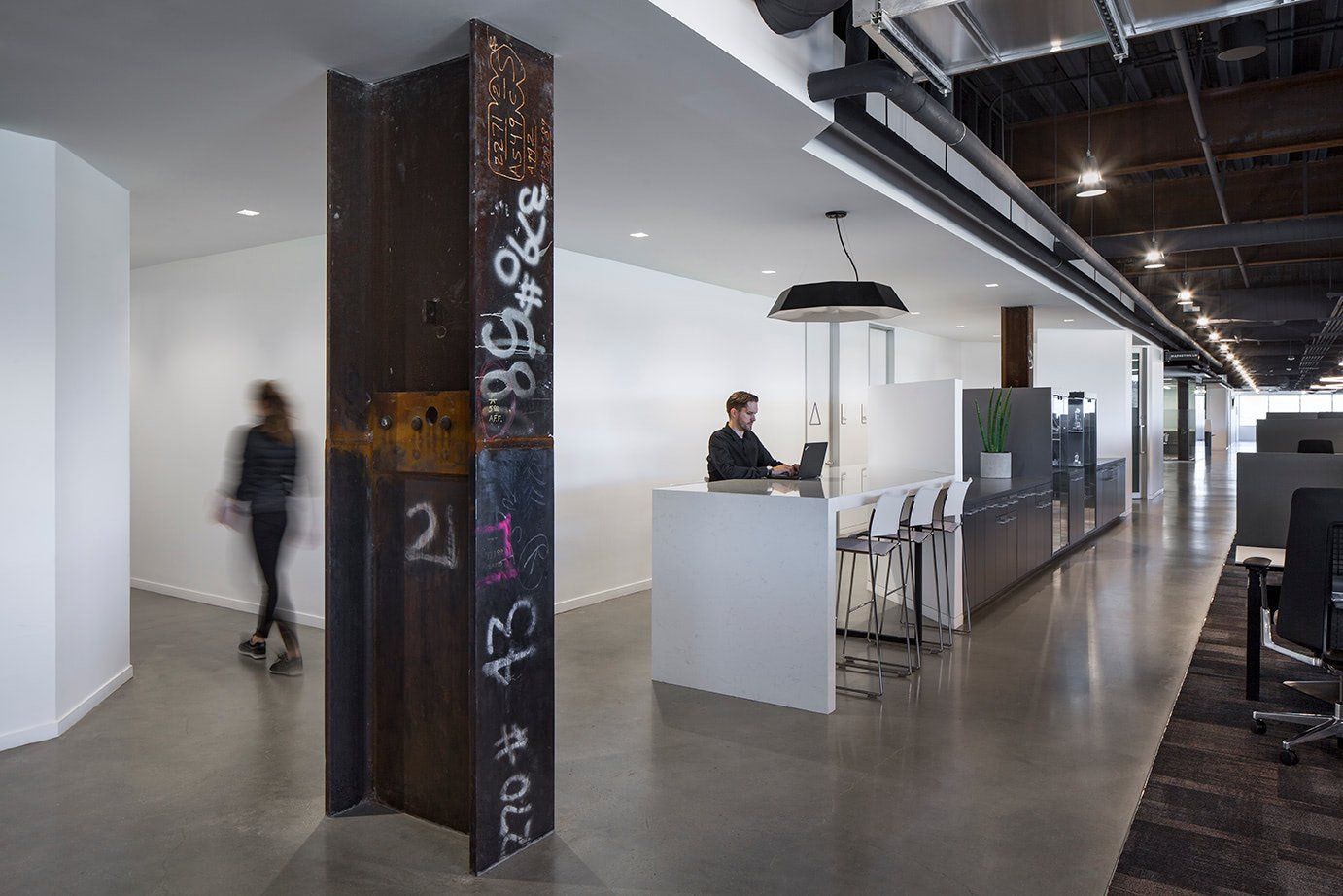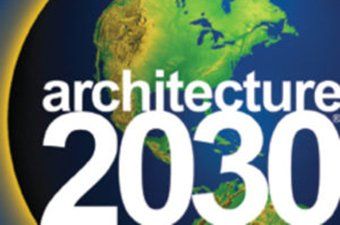COVID-19 Is Bringing Opportunity to Workplace Design

Workplace design is going to undergo a dramatic shift in a post COVID-19 world. Remote work has been on the rise for years. Now, in our ever-connected society, the pandemic has simply accelerated that adoption process by forcibly imposing what was perhaps the largest work from home experiment the world has seen.
Anyone who could work from home, has been working from home during lockdown. While there still has not been enough time to gather significant statistical data on remote work productivity, it’s clear that many people were able to work from home just fine. That alone has furthered the credibility of remote working for many businesses who are questioning just how much office space they truly require.
COVID-19 has created a large-scale disturbance not just in how we work, but how we think about the very spaces in which we do work. We’d like to further discuss some of our thoughts on the direction of workplace design going forward.
What is the Purpose of Your Office?
Consider what the purpose of your office space is. Most would agree that the office is an eminently social space, and so as remote work becomes standardized as a viable work strategy the office will continue to evolve as a social space for collaboration and team building as opposed to just being a facility in which people check in for 7-10 hours in a day, 5 days a week.
In 2018, NPR put out a poll that found that approximately 1 in 5 jobs held in America belongs to contract workers, and that going forward, contractors and freelancers will become a significant part of the workforce. Like remote work, COVID-19 has hastened the progress of this change as well.
If offices will increasingly provide remote work options, then it there is simply no reason why they would not expand their talent pool to a national or international level. This means that more workers will be contractors that are out of town, out of state, and sometimes out of country. The result of this change will mean less workers in-house, and a redefinition of the purpose of the office space.
Antifragile Workplaces: Planning Workplace Design Around Volatility
As businesses seek to figure out ways to have workers safely return to the office, one of the chief problems is arranging the workspace to respect mandates for social distancing and keeping workers as safe as possible.
Several companies have seen that a two-team structure is an ideal temporary solution for newfound space requirements. Maintaining social distancing requires at least 6 feet of space between people working, this much is a given. In our last postas well as an interview with KTLA, we discussed several strategies including but not limited to:
- Spacing desks while making the most efficient use of the floor
- Staggering desks so that people are never directly facing each other
- Providing sanitation stations at key locations
- Delineating zones that are limited to one person at a time
When the imminent threat of COVID-19 has faded and we have a return to normalcy, forward-thinking companies will likely not forget the prior fragility of their business models and workplace designs. The concept of “antifragility” was coined by essayist and scholar Nassim Taleb. Antifragility, in short can be defined as entities and systems that are capable of thriving in response to volatile events as opposed to simply being resilient to them.
The pandemic is a perfect example of a volatile, unforeseen event that threw a wrench into every aspect of workplace design that good companies value. Work productivity, output, employee happiness, all of these factors were directly influenced by many workplaces being unable to flexibly shift to accommodate the new circumstances. Employees that returned to work or never left felt unsafe. Work stations had to be shuffled around which resulted in notable reductions in usable space requiring the aforementioned two-team model. Iterating towards an antifragile workplace may indeed be the goal of organizations moving forward whether they realize it or not.
The Future of Workplace Design
Going forward, the COVID-19 ordeal has proven to be an opportunity for businesses to think critically about what the future of workplace design looks like for them and how to embrace the concept of an antifragile workplace. Robustness in the face of an unknown future is a clear lesson
For us at Wirt Design Group, we truly believe that a more transient office experience is the future. Workers will rotate more frequently, work remotely more often, and typically only come into the office to meet or iterate upon ideas in person. The globalization of the workforce is not a new concept, but it appears to be one that is ready to move on to the next level. Employers will be more willing to source talent nationally and internationally.
This means we will see an increased emphasis on conference rooms, communal spaces, and lifestyle amenities—all things that can improve team cohesion.
Even as sensationalists sound the death knell of traditional office spaces, we think otherwise. While we must acknowledge the benefits of remote working, we also cannot ignore the intrinsic need that all people require: social contact. Even the most introverted of workers occasionally need to brush elbows with their peers for health, perspective, or simply to feel human.

Wirt Design Group is an award-winning commercial space planning, interior architecture and design firm based in Los Angeles.
Wirt Design Group
Contact Us
Thank you for signing up for our newsletter
Oops, there was an error signing up.
Please try again later.


